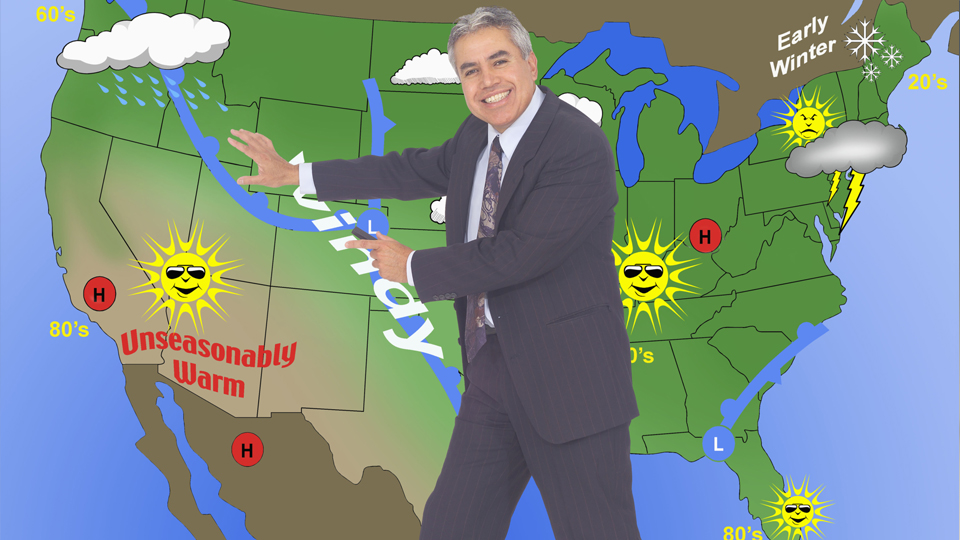What’s the difference between a calm, clear day, and a dangerous thunderstorm?
What about a tropical storm versus a category 3 hurricane? The answer lies in some complex manipulations of the basic building blocks of our planet’s weather: temperature, pressure, and moisture.
The interactions of these variables with the physical structure and movement of the globe account for the worst and best weather we’ve ever seen, as well as every day in between.
Next week, April 17-23, is NEEF’s National Environmental Education Week; “Greening STEM: Rooted in Math.” Also called EE Week, this event is the nation’s largest celebration of environmental education, and will focus this year on the intersections of mathematics and the natural environment.
Held each year around Earth Day in April, EE Week inspires environmental learning and stewardship among students by connecting educators with environmental resources to promote K-12 students’ understanding of the environment.
In honor of this year’s math theme, NEEF Weekly reached out to some of the most math-savvy environmental experts we know—meteorologists! These men and women use math to make sense of our environment every day, with the help of some specialized technology (and quite a few semesters of calculus).
To celebrate EE Week, we chatted with some of these experts to get a clearer picture of the intersections of math and meteorology, and to gain some insight into meteorology as a career.
Republished with permission from NEEF: https://www.neefusa.org/weather-and-math
---
Follow the Channel 3 Weather Team on Twitter @wkycweather and on Facebook


